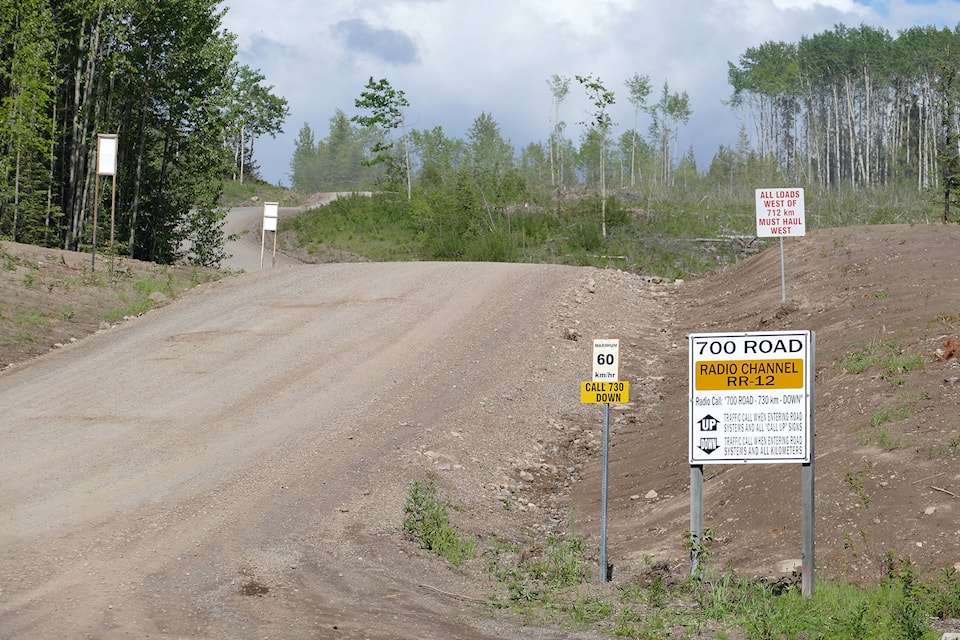With the upgraded water dispensing and sewer receiving units that have been operational and serving the Coastal Gas Link’s Mile 7 camp, north of Tchesinkut Lake, the village is receiving substantial revenue for the camp’s bulk water and sewer service usage. Now, other districts are also looking into agreements that will bring in similar lasting benefits to their communities.
The Village of Burns Lake went in to an agreement with Coastal Gas Link (CGL) to build new infrastructure and upgrade any existing infrastructure for providing water and sewer service to the work site. The project, that was completed in March, cost $237, 000 and Civeo, the CGL camp’s construction company, reimbursed the village for the entire amount.
”This is a win-win for Coastal GasLink and the community. For our part, it results in a reduced footprint and the need to have on-site treatment facilities, for example lagoons, minimizing our environmental footprint and disturbance,” said Suzanne Wilton, the official spokesperson for CGL.
The village has been able to keep track of the quantities used or received through wireless networks with the help of the water dispensing and sewer receiving units. These upgrades that have happened to accommodate the needs at the mile 7 camp are bringing in increased water and sewer revenues for the village. “It is estimated that water usage for the camp is about 24,000 cubic meters. We charge $8 per cubic meter which will generate approximately $192,000 in water revenue. The estimated sewer usage for the camp is that it will receive and treat 24,000 cubic meters. We charge $8 per cubic meter which will generate an estimated $192,000,” informed Sheryl Worthing, the chief administrative officer for the village, highlighting that these figures were the camp engineer’s estimates and that depending on the project, the amount might fluctuate.
According to Wilton, potable water is being trucked to the workforce accommodation from local suppliers (i.e. Burns Lake) and wastewater is being trucked out of the workforce accommodation to the sanitation facility at Burns Lake. Without access to the village’s facilities, CGL would’ve had to put in their own water treatment and sewage treatment facility.
RELATED: Village keeping a close eye on the camp
”It also contributed to local facilities and leaves a lasting legacy with the upgrades benefiting the community for the long-term,” said Wilton adding that this agreement was possible with any local municipalities who were interested in, and capable of providing water and sewer services for their project areas.
Wilton informed that within the Regional District of Bulkley-Nechako, Coastal GasLink has reached upgrading agreements with the District of Houston and reached agreement in principle with the Village of Fraser Lake. She also mentioned that the primary contractor for the 7 mile camp was PAPC who was working with the accomodation supplier Civeo.
However, when Lakes District News contacted PAPC, spokesperson Sandra Stevens told us that they were not the primary contractors for water delivery and disposal and that we would have to speak with Civeo, the 7 mile camp contractor. Lakes District News did reach out to Civeo but didn’t hear back by press time.
